I threw a picnic in our garden the other day. We were busy with all…
Is Hallowe’en distasteful?
Intro
Poirot is sitting in an art deco armchair and listening to the radio, his valet, George whose name is pronounced in French by Poirot is standing next to him.
Radio: The feeling of sick dread came over me as I gazed upon that dreadful countenance and that obscene parody of a human face. Even as I watched, his bloodshot eyeball begin to roll down his livid, green skin. “Fool”, he hissed. “Insect”…
(Poirot stands up and switches off the radio.)
Not enjoying it, Sir?
It is a subject matter, George. It is distasteful! Poirot has seen much evil in this world, it should not be the subject of such mockery.
Oh it’s a bit of fun, Sir. I love a good blood-curdler, me. And very appropriate for the time of year.
George, at this time of year in Belgium, it is the custom to light the candles in the memory of the dead, not to tell the stories macabre.
I tend to agree with Poirot, however, I am not sure he was aware of the origin and meaning of Halloween. If you have a closer look at Halloween, you will see it is not a modern, American custom as it is often thought, but an ancient Celtic festival and as such it is rather interesting. Every nation’s folklore and customs are amazing, the only question is, what is left of these traditions today and how much they are commercialised.
Although Halloween seems to be very trendy, I attempted to list some less known facts about it, without being exhaustive.
01. Not American but Irish
Halloween is not American but Irish. In the old Celtic calendar Samhain meant not only November, but a festival starting on 31st October. This was the end of the summer as well as the end of the agricultural works and according to the beliefs, the world is upside down on this day, meaning the Earth opens and evil spirits and the dead come out and walk around. (Let me note, in Hungary the end of the agricultural works is 11th November, St Martin’s Day, however, on 31st October cattle are returned to the cowsheds.) Interestingly, there is hardly any mention of 31st October/1st November until much later, and in Anglo-Saxon England even less. Therefore, the theory Halloween being a pan-Celtic festival is not supported. Halloween got to America by Irish immigrants.
02. Allhallowtide
Allhallowtide lasts from 31 October to 2 November including Halloween (or All Saints‘ Eve), All Saints‘ Day and All Souls‘ Day which is dedicated to honouring the dead and out of which All Souls‘ took the highest profile in the Catholic Church. All Saint’s Day celebrates those saints who are not mentioned in the calendar, whilst on All Souls‘ Day celebrates all Christians who have died.
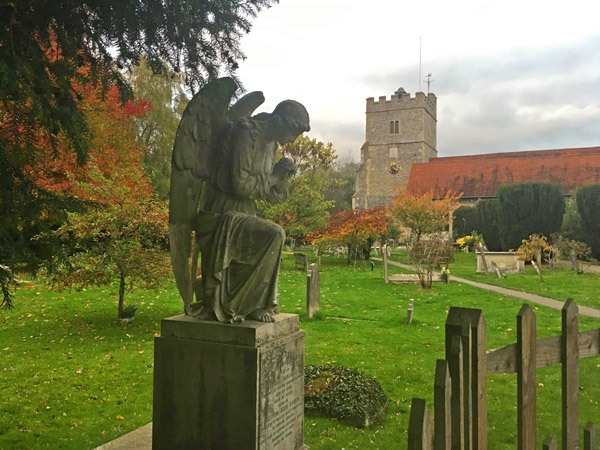
03. Customs, traditions
As the agricultural work finished on 31 October it was then time for celebrations, therefore people in Ireland went from door to door and sang songs to keep the evil spirits away. In return they hoped to have some food. In Medieval England this activity is called Soul Caking, however, it was done by children and poor people. They sang and said prayers for the souls of the givers and their friends, relatives or even pets. In return they were given soul cakes which were round cakes filled with spices (nutmeg, cinnamon, ginger) and before baking were topped with a raisins in the form of a cross to imply that these were alms. (Yes, there seems to be a similarity with the hot-cross bun.) The soul cakes were even blessed by the priest among Catholics. This type of donation can be found in my home country, Hungary as well: on All Souls‘ Day, people baked bread which they then gave to the poor who were praying at the cemetery’s entrance.
On top of this, people made bonfires in Ireland on Halloween and told ghost stories. (The English tell ghost stories by the yule log at Christmas – see more here.)
I find it rather interesting that fortune telling has a place in Halloween parties and the fortunes are mainly concerned with love and marriage. Girls used to veil mirrors and hope to see the face of the future husband when the veil was removed at midnight. This is similar to future telling on 13 December (Luca day) in Hungary when girls have all sorts of tricks to find out who their husband is going to be.
04. Hunter’s Moon, Mourning Moon
In Hungarian folklore every month has a traditional name. October is called “Month of All Saints”, November is called “Month of St Andrew”. In England months may be called in association with the Moon. October is called Hunter’s Moon, November is Mourning Moon.
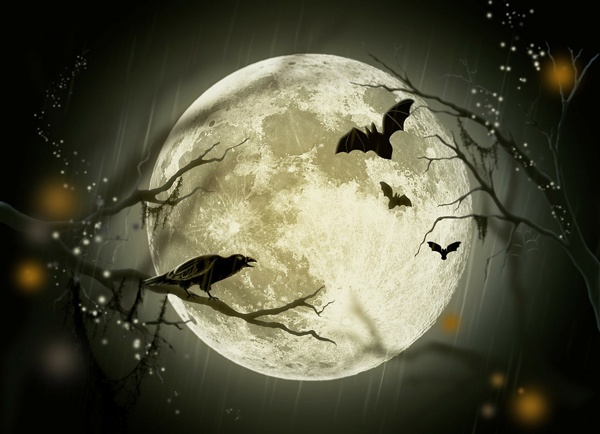
05. “Trick-or-Treat”
The tradition and name “Trick-or-Treat” comes from Northern America (USA, Canada) from the 1920s and was only stopped between 1942 and 1947 when sugar was rationed. Kids would visit the houses between 5:30 and 9:30pm and only those houses which are decorated with Halloween symbols (spider webs, skeletons and Jack O’Lanterns. What I saw in England is that often people just put a bowl of sweets in front of the door and the whole thing works on a help yourself system.
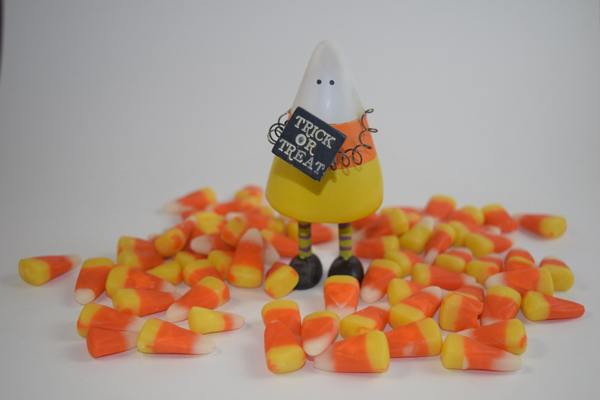
06. Black and Orange colours
In the Celtic festival black symbolised the death of the summer and orange was associated with the harvest it autumn.
07. Bats
The Celts lit large bonfires which attracted insects which then attracted bats. In medieval folklore bats were thought to be the harbingers of death, hence bats fitted perfectly well in the Halloween theme.
08. Black Cat
In the middle ages, black cats were the symbols of the devil and later witches were often found with a cat, especially with a black cat, therefore it also become a popular Halloween symbol.
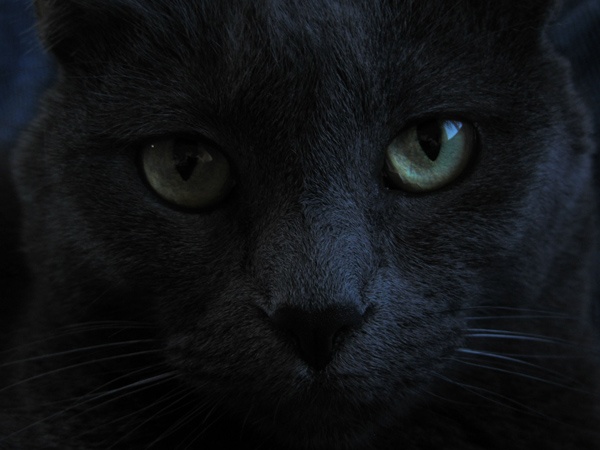
09. Jack O’Lanterns
The Irish legend has different versions in which Jack O’Lantern or Stingy Jack plays a trick on the Devil or because he just simply drank a lot in his life, neither St Peter lets him to enter the Heaven, nor the Devil lets him into the Hell. In the end, the Devil helps him by giving him a burning piece of coal which Jack then puts in a hollowed-out turnip and becomes his lantern as he had to walk a never ending journey in the earth as a punishment, carrying his lantern. Using a pumpkin instead of a turnip spread in the US.
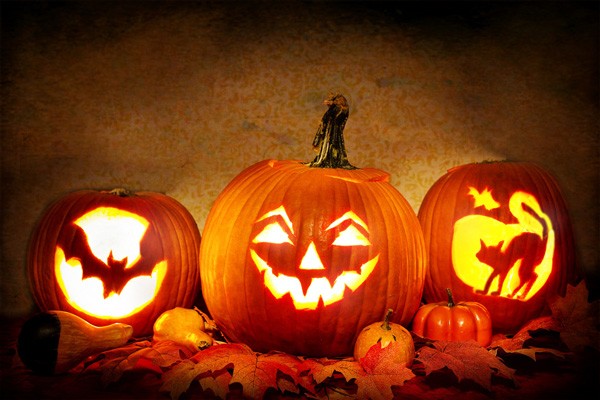
10. Costumes
During Samhain ghosts were wondering around, so the Celts had to disguise themselves to avoid being attacked by the evil spirits. Therefore, they dressed as these creatures.
~
I think, the above summary shows that Halloween is an old tradition and probably was commercialised earlier than Christmas. Maybe this is one of the reasons why it is not liked by many, or because it is believed to be American. I grew up without Halloween (in fact we did not even know it existed), but was taught what to do at All Souls instead. We tidy up the grave in the cemetery, light some candles and remember the dead. As far as I am concerned, I follow this tradition just like Poirot. However, I have no issue with having fun, especially kids on 31 October. As I always say, nothing in life is worse or better, they are just different. So is Halloween.




Comments (0)